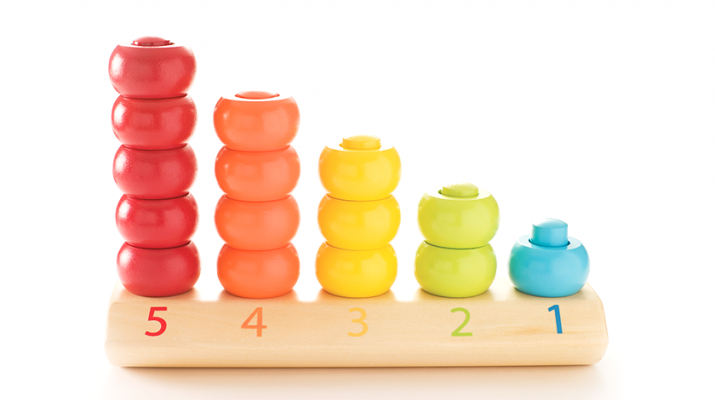Experts say consumers have to be careful with what types of toys they buy for children
By Deborah Jeanne Sergeant
Are children on your gift list? Keep them safe by purchasing appropriate gifts.
Physician John Pastore, medical director of pediatric hospitalist service at Women & Children’s Hospital of Buffalo, advises buyers to look at gift packaging to ensure the child can safely play with it.
“Parents should read all packaging labels and be sure that a toy is age appropriate and intended by the manufacture for the child’s age that it is being purchased for,” Pastore said. “Always read all safety material that is included within the packaging of a toy.”
Pastore also serves as clinical assistant professor of pediatrics, University at Buffalo and pediatric hospitalist at UBMD Pediatrics.
Children’s developmental stages can vary. Some children may not be mature enough to play with toys that are rated for their age. For example, a 3-year-old who still frequently places toys in his mouth may need to wait on a toy rated for his chronological age.
Pastore said to especially be careful about purchasing toys that shoot projectiles or are thrown as projectiles “as they can cause serious injury when used inappropriately,” he said.
Look for sturdy construction, non-toxic materials and UL approval for electric toys. Toys that make noise can damage kids’ hearing.
“Not all toys bear age safety ratings,” Pastore said.
Some toys sold from a bulk bin lack packaging. You can look up used toys online for recall information (www.cspc.gov); however, vintage and handmade toys lack this information.
Pastore said that as a general rule, “Large is often better when dealing with young children and infants. Make sure the toy cannot fit in the child’s mouth.”
Most experts agree that any toys or parts of toys smaller than a fist presents a choking hazard. Look for removable parts or parts that may be broken off. US-made toys made more recently than the 1970s won’t contain lead; however, those made before and overseas may still have lead which is harmful to children’s development. The Consumer Product Safety Commission has worked to tighten inspection of imported toys, but if you purchase them directly on the Internet, you can’t know if the toys contain lead or not.
Pay special attention to toys purchased on Amazon.com or eBay.com, as some are used and may not include the packaging or be up-to-date with current safety standards. Some manufacturers post their safety data online, so if you want to save money buying a used toy, research the company’s available information.
“Use common sense,” Pastore said. “Make sure all items are in good working order or are completely repaired before used by a child for its intended purpose.”
Many people enjoy shopping at craft fairs for handmade toys. Especially with these items, look for buttons and other fasteners on teddy bears and doll clothing. Embroidered eyes are safer than button eyes, for example.
“Seams of stuffed animals may split, allowing the inner stuffing to be removed,” Pastore said.
Look for even stitching and quality workmanship.
“Keep in mind wooden toys can sometimes produce splinters,” Pastore said.
With electronic toys, note how easily batteries are to remove. The acid in them can burn the child’s esophagus or bowel, so any suspected swallowed battery should be considered an emergency. Swallowing two magnets can also cause bowel perforation.
Malachi Fisher, coalition leader for Safe Kids Western New York region, also warns that buyers should consider strangulation and circulation hazards such as pull strings that could wrap around a neck or digits. Plastic tubing used for pulling toys provide greater safety.
Carefully inspect larger toys such as a playhouse for sharp edges and corners. Don’t modify the assembly information as that may compromise the toy’s safety.
“If you’re buying online, took at reviews,” Fisher said. “They should have consistent reviews. Follow up on those.”
Skip gifts that are too fragile for children to play with. The glass angel ornament may thrill your little girl, but will she resist playing with it?
If someone gives your child a toy you don’t feel is safe, you can put the toy away until he is mature enough for it. With all the hubbub of opening gifts, he likely won’t notice one toy is “missing” anyway.
If you’re in doubt, give that grandchild, niece or nephew a gift card to a toy store so the parents can help guide the gift choice.

